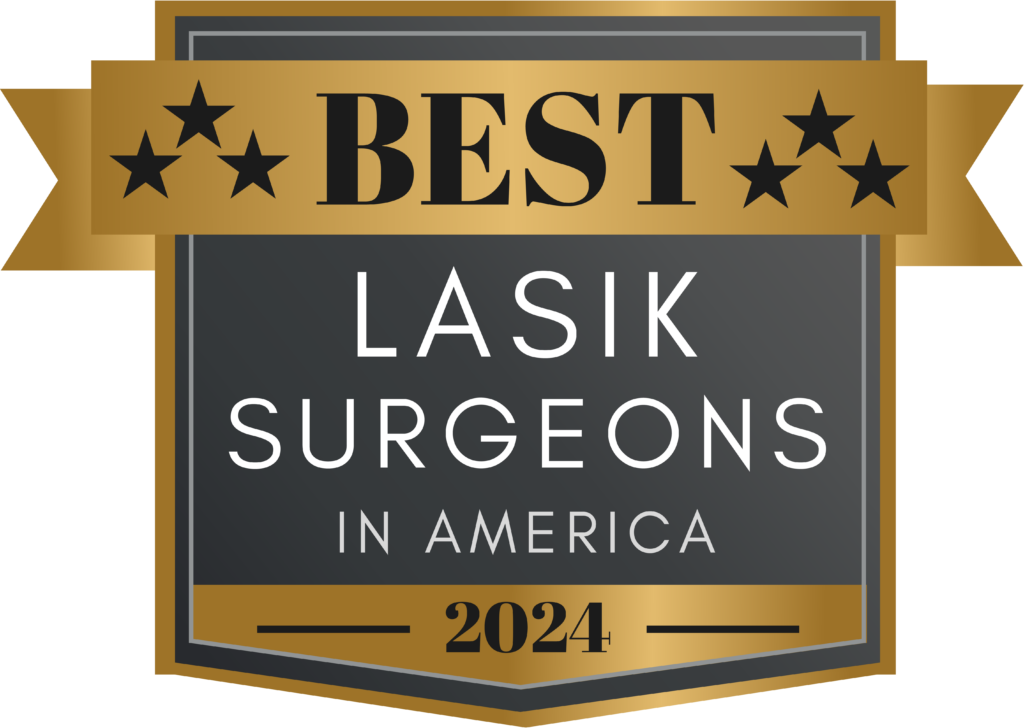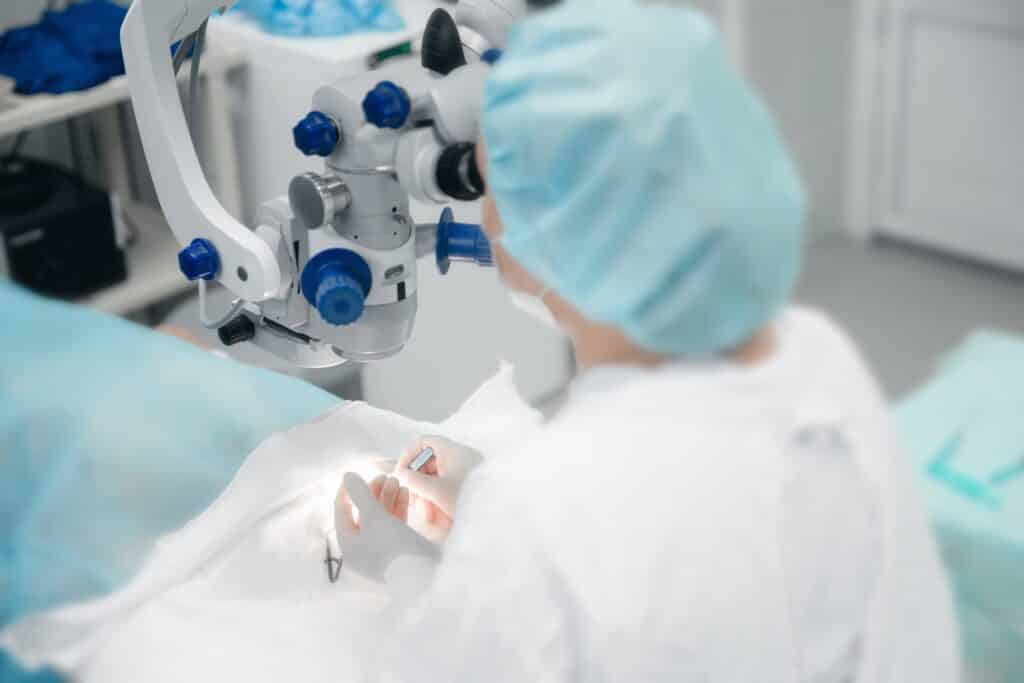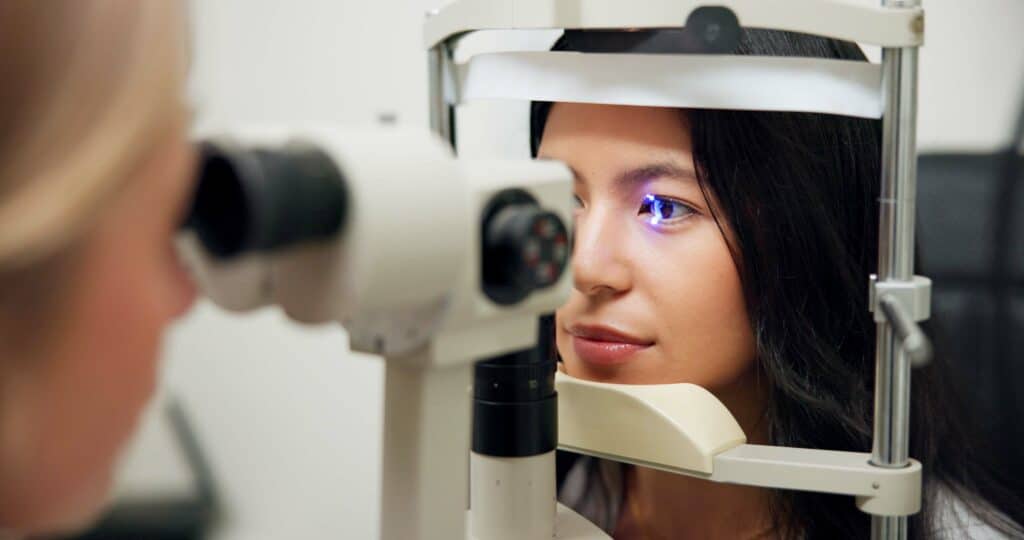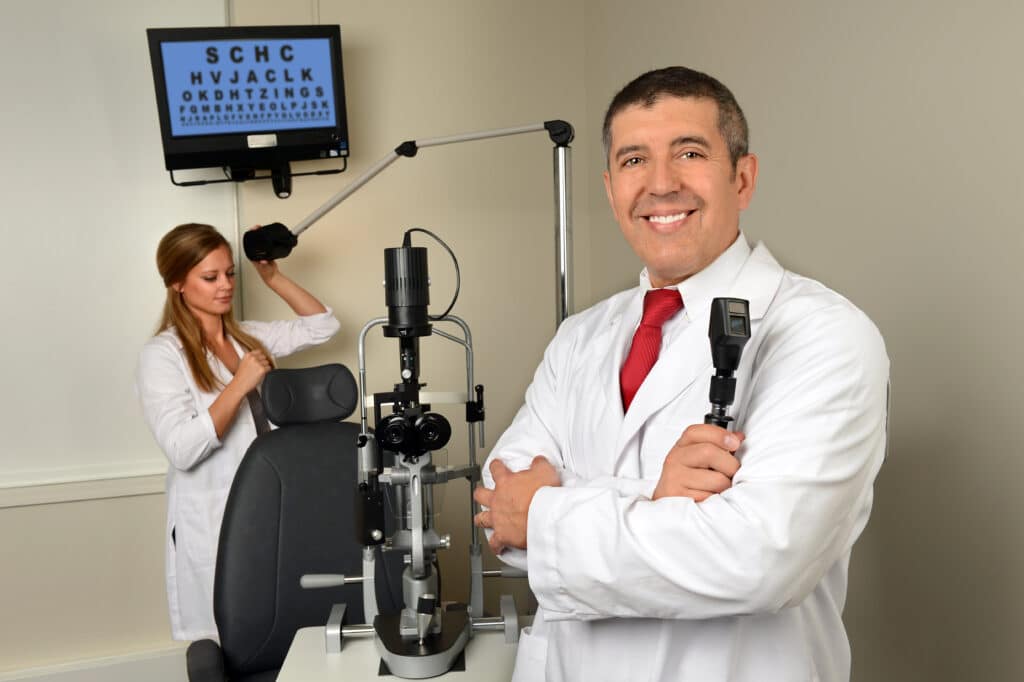


Welcome to Schneider LASIK’s premier location in Rancho Cucamonga, CA, where we offer cutting-edge LASIK eye surgery services tailored to your unique visual needs. As trusted leaders in vision correction, we pride ourselves on providing top-notch care in a warm and welcoming environment.
Choosing to undergo LASIK eye surgery in Rancho Cucamonga means entrusting your vision to skilled professionals who prioritize your comfort and safety above all else. Our experienced team of Rancho Cucamonga ophthalmologists utilizes state-of-the-art technology and advanced techniques to deliver outstanding results, helping you achieve the clear, crisp vision you deserve.
Located in the heart of Rancho Cucamonga, our facility is conveniently accessible to patients throughout the area. Whether you’re seeking freedom from glasses or contact lenses, or simply looking to enhance your quality of life through improved vision, Schneider LASIK is here to guide you every step of the way. Discover the difference that personalized care and expertise can make in your LASIK journey. Schedule your consultation with us today and take the first step towards a brighter, clearer future.

LASIK, or Laser-Assisted In Situ Keratomileusis, is a popular type of eye surgery used to correct vision problems like nearsightedness, farsightedness, and astigmatism. During the procedure, a thin flap is created on the cornea, and a laser is used to reshape the underlying tissue. This reshaping allows light to focus more accurately on the retina, resulting in clearer vision.
Photorefractive Keratectomy (PRK) is a type of laser eye surgery similar to LASIK but without creating a corneal flap. Instead, the outer layer of the cornea is gently removed, and a laser is used to reshape the underlying tissue. PRK can be a suitable option for individuals with thinner corneas or certain corneal irregularities.
EVO Implantable Collamer Lens (ICL) surgery involves implanting a small, flexible lens inside the eye to correct vision problems. Unlike LASIK and PRK, which reshape the cornea, ICL surgery works by adding a lens that corrects the way light enters the eye. It can be an excellent option for individuals with high degrees of nearsightedness or those who are not suitable candidates for laser eye surgery.
Refractive Lens Exchange (RLE), also known as Clear Lens Exchange (CLE), is a surgical procedure used to correct vision by removing the eye’s natural lens and replacing it with an artificial lens implant. RLE is typically performed on individuals with presbyopia or those seeking to reduce their dependence on glasses or contact lenses for both distance and near vision.
Corneal Cross Linking (CXL) is a non-invasive procedure used to strengthen the cornea and halt the progression of keratoconus, a condition characterized by a thinning and bulging of the cornea. During cross linking, special eye drops containing riboflavin (vitamin B2) are applied to the cornea, which is then exposed to ultraviolet light. This process strengthens the corneal fibers, improving its structural integrity.
Intacs are small, crescent-shaped plastic inserts that are surgically implanted into the cornea to flatten and restructure its shape. This can help improve vision in individuals with keratoconus by reducing corneal irregularities and providing better light focusing. Intacs are often considered for patients who have progressive keratoconus and may not be suitable candidates for corneal transplant surgery.
Eye doctors encompass a broad category that includes both ophthalmologists and optometrists. An ophthalmologist is a medical doctor (MD) who specializes in eye and vision care.
They have completed extensive medical training and are licensed to practice medicine and perform eye surgery. Optometrists, on the other hand, are healthcare professionals who provide primary vision care, including vision testing and correction.
At Schneider LASIK Center in Rancho Cucamonga, we have both ophthalmologists and optometrists, ensuring that we can provide comprehensive eye care services to our patients. Whether you need a routine eye exam or more advanced procedures like LASIK, our team has the expertise to address your needs.

Both ophthalmologists and optometrists are trained to diagnose a wide range of eye conditions. Optometrists are skilled in detecting common eye conditions and vision problems during routine eye exams.
They use various diagnostic tools to assess your eye health and vision. Ophthalmologists, with their advanced medical training, can diagnose and treat more complex eye conditions and can help improve your visual freedom with refractive surgery.
Optometrists can also help with follow-up care after an eye procedure in some cases. At Schneider LASIK in Rancho Cucamonga, our collaborative approach ensures that patients receive comprehensive care, with our optometrists and ophthalmologists working together to provide accurate diagnoses and effective treatment plans.
Both ophthalmologists and optometrists in Rancho Cucamonga are qualified to prescribe glasses and contact lenses. During your eye exam, whether you see an optometrist or an ophthalmologist, they will assess your vision and determine if you need corrective lenses. They can then provide a prescription for glasses or contacts based on your specific vision needs.

At Schneider LASIK Centers in Rancho Cucamonga, our eye doctors collaborate to provide comprehensive care for our patients. This teamwork approach allows us to address all aspects of your eye health effectively.
Typically, your eye care journey begins with an optometrist. These professionals conduct thorough eye exams and handle primary eye care needs.
If the optometrist detects a complex issue or determines that a surgical procedure like LASIK might be good for you, they will refer you to one of our ophthalmologists. Our ophthalmologists are medical doctors specialized in eye care.
They provide advanced care, including detailed diagnostic tests, medical treatments, and surgical procedures when necessary. This ensures that each patient receives appropriate care tailored to their specific needs.
It also allows for clear communication between our eye care professionals. By working together, our eye doctors aim to provide a seamless experience, from routine check-ups to specialized treatments, always focusing on what’s best for your eye health.